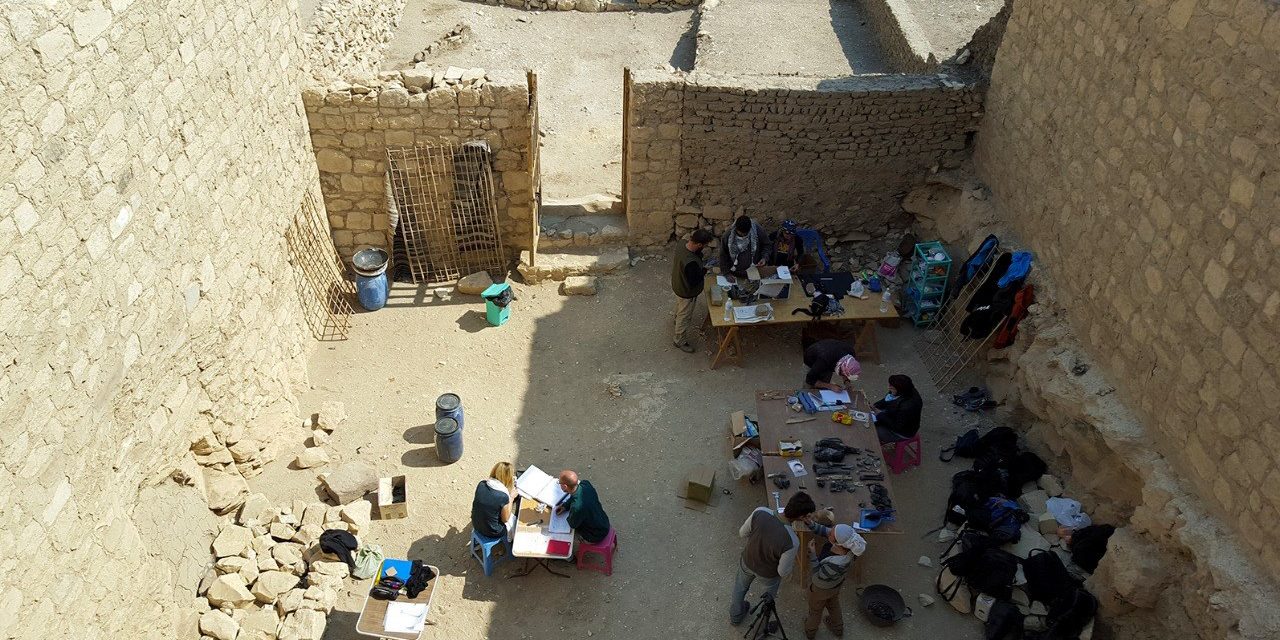Other objects / Back to collection
Photographs: Antonio Brancaglion/Museu Nacional
The Egyptians understood early on that the decomposition of the body began with the entrails and therefore decided to remove them during the mummification process (through an incision on the left side of the abdomen).
However, because they worried about preserving the deceased’s body for life after death, they did not dispose of these organs. They dried and bandaged them individually in linen, burying them in the tomb close to the mummy. They were kept in jars denominated “canopic” by 19th century scholars. The oldest canopic jars date to Dynasty 4 and were always made in groups of four.
These jars were most commonly produced in calcite-alabaster, limestone (as are they ones in this collection, seen in the photos above) or faience and placed under the protection of the Four Sons of Horus, who were associated with the different cardinal points.
Beginning in the Middle Kingdom, the jars’ lids started to represent the deceased’s face; later, in Dynasty 19, they started to show the faces of the Four Sons of Horus instead. These include Imset (with a human head), who guarded the liver (south); Hapy (with a baboon’s head), who guarded the lungs (north); Qebehsenuf (with a falcon’s head), who guarded the intestines (west); and Duamutef (with a jackal’s head), who guarded the stomach (east).
